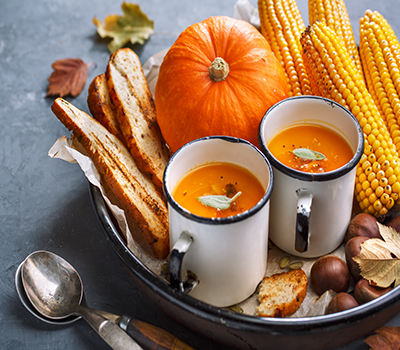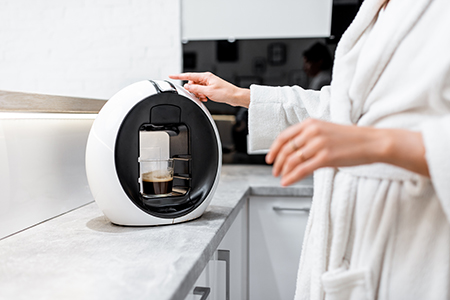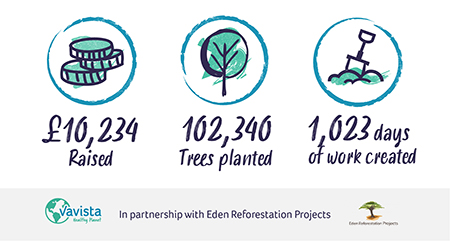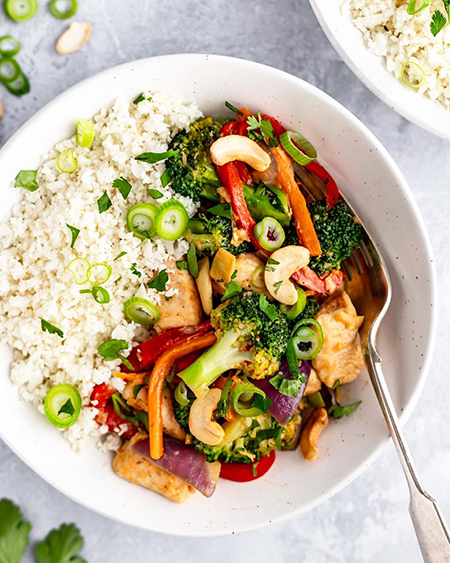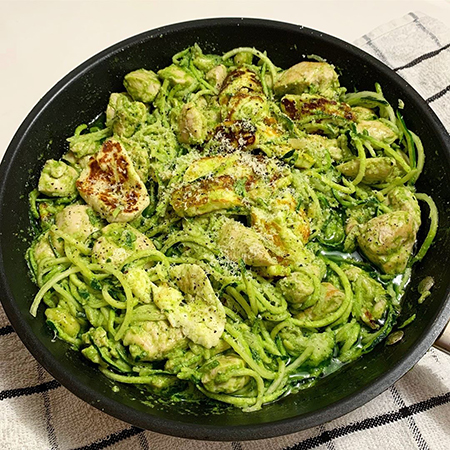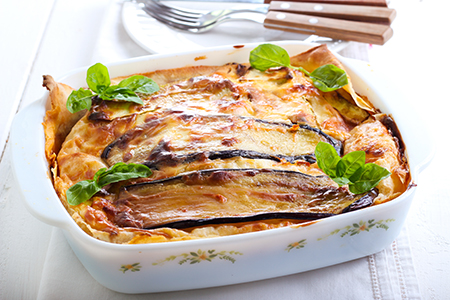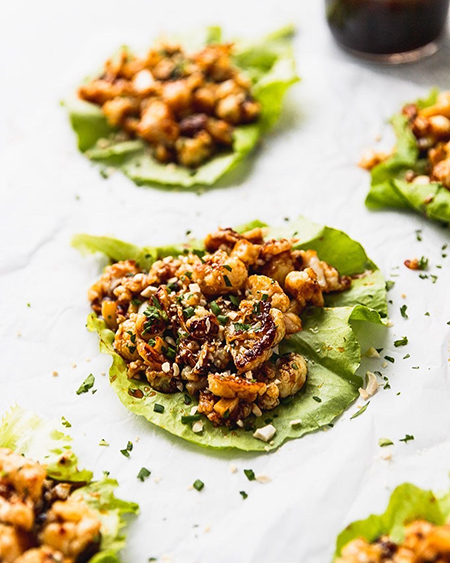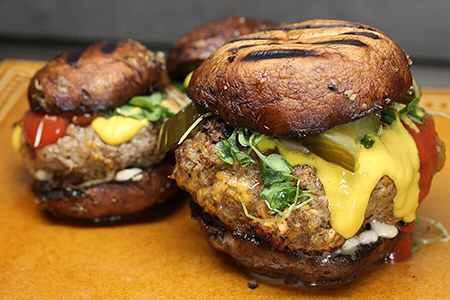With ‘staycations’ on the rise, there are a lot more caravans on the road. It pays to know the current laws and how to keep on the right side of them.
How many Caravans are on the road?
There are an estimated 555,000 touring caravans in the UK. That’s a lot of caravans on the road and half a million drivers that can use our handy tips to avoid a £1,000 fine.

Do you have the right license to tow your caravan?
-
If you passed your driving test before 1st January 1997 you’re allowed to drive a vehicle with a trailer or caravan combination up to 8,250kg.
-
If you passed after 1st January 1997 and have an ordinary category B (car) licence, you can drive a vehicle and trailer/caravan combo up to 3,500kg.
-
As of 19th January 2013 drivers passing a category B (car and small vehicle) test, can tow a small trailer/caravan of up to 750kg.
Does my vehicle have enough towing capacity?
-
The greatest weight your car can safely tow (i.e. fully loaded car plus fully loaded trailer/caravan) is listed in your car’s handbook.
-
The RAC has a great guide here if you can’t find your handbook. You should also remember that you can only tow something that is at most, 2.55 meters wide and 7 meters long.
-
Towing something too heavy is not only illegal but can also do serious damage to your car.
How can I make sure I am towing safely?
-
Make sure your tow bar is ‘type approved’. Meaning it meets EU regulations and is the right type for your car.
-
Never carry passengers in the caravan when you’re towing it.
-
Make sure your number plate is BS approved, shows your car’s registration number, and has lights on it at night.
- Try to keep the caravan as light as possible with the heavier items low down and close to the axle.
Don’t forget you are towing a caravan
-
It seems obvious, but give yourself more time and space especially taking corners.
-
Never exceed 50mph on single carriageways or 60mph on dual carriageways.
By following these essential tips and guidelines, you can confidently tow a caravan while safeguarding your loved ones and your vehicle.
Stay safe, stay informed, and enjoy the open road responsibly. For more insights on travel inspiration, explore our blog on driving abroad. Safe travels!




